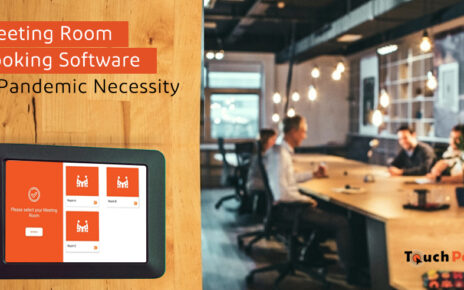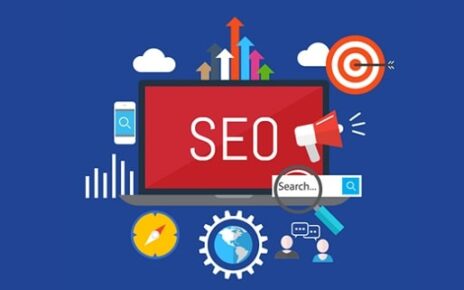Globally, the food product industry is expected to grow at a CAGR of almost 6% every year and in the next 3–4 years, the market value is forecasted as a whopping $8817.63 billion. This compounding is contributed by the intensely competitive market, frequently changing consumer needs and the emerging new foodbiz technologies.
To sustain themselves in this highly volatile industry, food and beverage companies have no choice but to develop new products and stay ahead of the curve. Either they have to innovate new products and reap profits or create products with reformulated ingredients or less processing involved, saving on production costs. Be it any of them, food companies have to develop and launch new food products.
What is food and beverage product development?
In the food and beverage industry, product development is a meticulous process that involves creating a new or innovative food or beverage product to meet the dynamic needs of consumers and the market. It involves a lot of steps, from idea generation to launch, sourcing to sales, etc. However, in this post, we have tried to cover the major steps.
Steps involved in new food product development
Certainly, market research is considered Step 0, a pre-requisite even before the first stage, i.e., ideation. As the name implies, companies survey or research the current market to understand the needs of the consumers.
Step 1: Ideation
Based on the market research, the company brainstorms, reformulates, and tries to innovate new food or beverage products. It could be for the new or existing product line or brand new product.
Step 2: Conceptualization
This involves defining the new product’s features, USPs, product lines, etc. Out of 10 ideas, only a few may go through conceptualization and reach the next stage.
Step 3: Formulation
This is the most important step of all—formulating the new recipe and prototyping the MVP (minimum viable product) at a laboratory scale.
Step 4: Testing
The MVP new food product is tested for its texture, flavor, smell, seasoning, consistency, shelf life, nutritional value, etc., as per the product category—alcoholic or non-alcoholic in the case of beverage product development; and grain, ready-to-eat, confectionery, or frozen in the case of food product development.
Step 5: Manufacturing
After MVP testing, the new product is scaled up for commercial production or manufacturing along with quality control.
Step 6: Packaging
This step includes designing the perfect package for the product developed without compromising on the quality and functional benefits.
Step 7: Marketing
Marketing is a broad term that encompasses go-to-market strategies, launch events, sales campaigns, etc. After this, the feedback for the new food product is obtained from the end users, i.e., consumers, and the product is altered if needed.
How to be successful in developing new food products?
As said earlier, product development is a crucial process that decides the company’s future. So, companies develop new food or beverage products. But if you ask us, are all successful? The answer is NO. Because they lack relevant expertise. Hence, you touch base with a food product development company with the expertise, experience, tools, and technologies to help you create new food products.
Did you know? Companies can help you develop and launch new food products in as little as 3 weeks. So, find your partner now!




